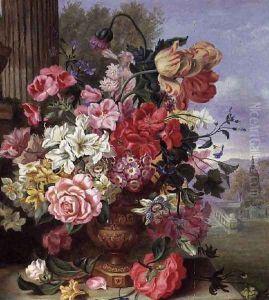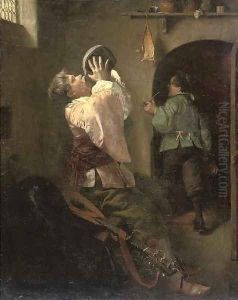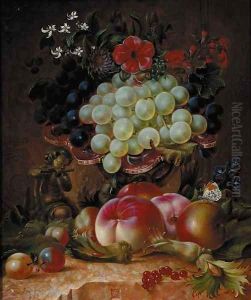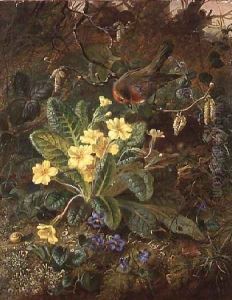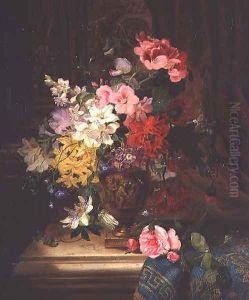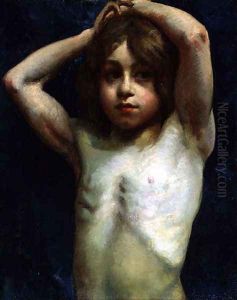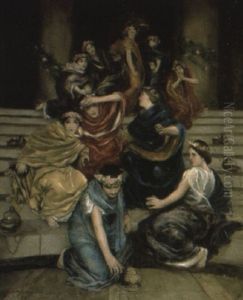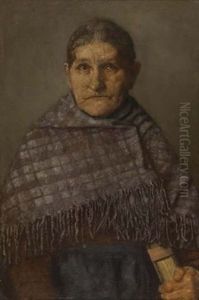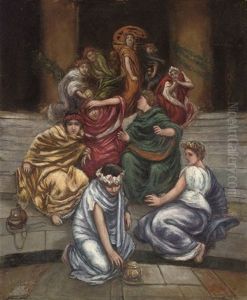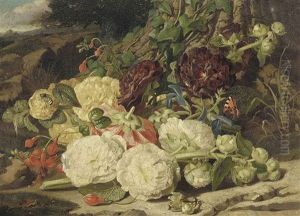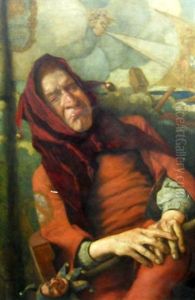William John Wainwright Paintings
William John Wainwright was a distinguished English artist, known for his contributions to the Pre-Raphaelite movement and his unique style in stained glass design. Born in 1855 in Birmingham, England, Wainwright grew up in an era where the arts were undergoing significant changes, with the Pre-Raphaelite Brotherhood challenging the conventions of Victorian art.
Wainwright’s early career was marked by his apprenticeship with John Hardman & Co., one of the leading manufacturers of stained glass in 19th-century Britain. This experience laid the foundation for his lifelong passion for stained glass, a medium through which he would later achieve considerable acclaim. His work during this period was heavily influenced by the principles of the Pre-Raphaelites, focusing on meticulous attention to detail, vibrant colors, and themes drawn from literature, religion, and nature.
In addition to his stained glass creations, Wainwright also excelled in oil painting and watercolors. His paintings often depicted scenes from British history and literature, imbued with a romanticism and depth of emotion characteristic of the Pre-Raphaelite movement. Despite his talents, Wainwright remained relatively obscure compared to his contemporaries, a fact that has led to a renewed interest in his work in recent years.
Throughout his career, Wainwright was an active member of various artistic circles and participated in several exhibitions, including those held by the Royal Academy of Arts. His contributions to the arts also included his role as a teacher, where he imparted his knowledge and skills to the next generation of artists.
William John Wainwright passed away in 1931, leaving behind a legacy that, while not as widely recognized as some of his peers, has garnered appreciation for its unique blend of Pre-Raphaelite ideals and innovative approach to stained glass art. Today, his works are held in various collections and continue to be studied for their artistic and historical significance.
